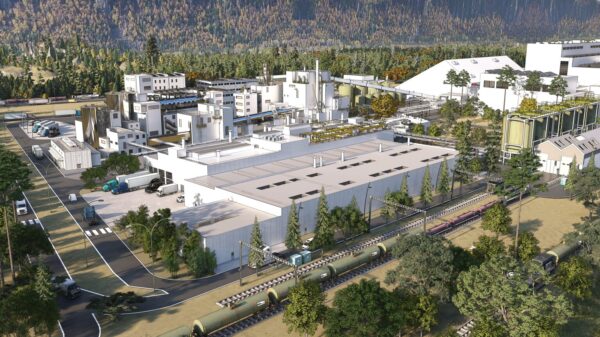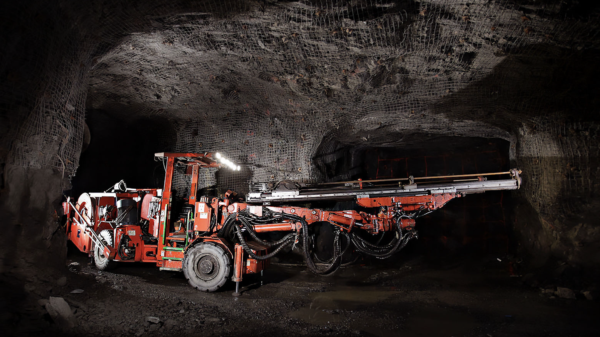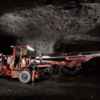The Ontario government wants its mine workers to be exposed to less toxic gases and has implemented ventilation requirements that will mitigate harmful diesel exhaust from underground mine operations.
The government announced the requirements on Tuesday which set strict requirements to bring diesel exposure down by 70 per cent in underground mines. The regulations include the most protective limit for exposure to harmful substances from diesel exhaust in North America. Some regulations will come into effect in July while others will come into effect until September.
The new exposure limit will be a time-weighted average exposure to elemental carbon of not more than 0.12 milligrams per cubic metre of air, instead of 0.4 milligrams per cubic metre of air based on total carbon.
The government also announced changes to allow the use of track-mounted robots in mines to increase safety. The robots will be controlled by an operator in order to identify loose rocks, misfired explosives and other hazards while keeping workers safe.
The amendments come after calls from unions for a reduction of how much diesel particulate miners can be exposed to underground and came from recommendations from the Mining Health, Safety and Prevention Review and recent coroner’s inquests.
“I come from a proud mining family and keeping workers safe has always been a top priority, but we can do better,” Minister of Mines George Pirie said.
“As our government helps companies build more mines, we need to attract the best and brightest to work in this exciting sector. These changes send the message that you can find safe, rewarding careers in Ontario’s mining industry.”
NEW diesel exposure limit for underground mines in Ontario. Law reduces exposure to harmful chemicals and allows robots to detect hazards: https://t.co/5v9iMz3szV #HealthandSafety #Mining #MiningSafety #MineRescue #WorkplaceSafety pic.twitter.com/tgDtQwL7fg
— Workplace Safety North (WSN) (@WSN_News) April 12, 2023
Read more: U.S. and Canada join forces to secure critical mineral supply chains
Read more: Ontario invests additional $6M in critical mineral exploration projects
“Miners have been the backbone of Ontario’s economy for generations, and we owe it to them and their families to do more to keep them safe,” said Monte McNaughton, Minister of Labour, Immigration, Training and Skills Development.
“These everyday heroes are critical to the future of our great province and I’m proud that our changes today will save lives.”
Ontario is facilitating the development of a robust critical minerals industry within the province by providing funding and assistance. The economic potential of Northern Ontario in critical minerals is being harnessed and linked to the world-class manufacturing capabilities present in Southern Ontario.
The province boasts significant prospects for critical minerals, which can aid in securing future economic growth. These invaluable resources are essential components in products that Ontarians depend on, such as electric vehicles (EVs), cell phones, and semiconductors utilized in various goods.
Ontario has about 5,000 operating mines, including 37 underground mines with approximately 12,000 miners working below ground. The government is investing close to $1 billion to support mineral exploration, critical infrastructure, and community development in the Ring of Fire region. Ontario is also proposing amendments to the Mining Act and offering tax credit to support the mining sector’s investment and competitiveness.
Last month, Canada and the United States joined forces to create and develop a critical minerals strategy to diversify supply chains essential to clean energy, electric vehicles and other sustainable technologies.














